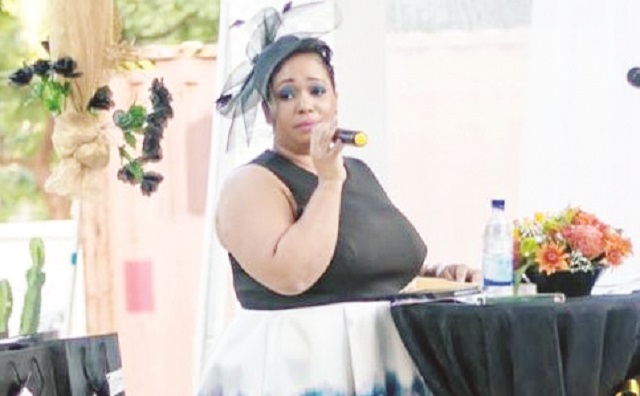
The Sunday News

Bruce Ndlovu
Almost exactly two years ago, rapper Stunner and his then beau Olinda Chapel were the toast of Harare, having cemented their bond in front of elders and loved ones.
The rapper, who has never been shy to flash whatever wealth he has, had just parted with a rumoured $16 000 as he landed the well off UK-based businessman. For good measure, the flashy rapper had thrown in a few beasts.
A life of unbreakable matrimony through sickness and health seems to await the couple, with a white wedding seemingly pencilled in for December of 2016.
Fast forward two more years and Olinda is a bride again. The confetti that had been scheduled for the end of 2016 however, did not fall. Instead, it might later on this year. When Stunner hosts a white wedding later this year, the bride will not be Olinda.
If Stunner’s latest flame, Dyonne Tafireyi, is worth as much as Olinda was to the rapper, he would have spent as much as $32 000 on two brides in less than two years.
Perhaps the only people who will not mind that Olinda and Stunner’s ill-fated marriage suffered a stillbirth will be Olinda’s family. While Stunner has been bleeding money in search of love, the UK-based socialite’s family has made a pretty penny from their daughter who is allegedly moneyed herself.
Some might be tempted to ask whether Stunner is entitled to any refund for any part of his lobola payment which is still relatively recent. For example, a Zimre Park man, Orient Jani, was paid back his money after he dragged his father-in-law, Noel Mucheche to court demanding his $2 580 bride price back. His wife to be had been impregnated by another man before their wedding.
What does tradition say in Olinda’s case which is not as extreme?
“Traditionally, what was paid for was the children that the wife was supposed to bear,” said historian and cultural fundi Pathisa Nyathi. Olinda and Stunner had no children in their union which barely lasted a year.
“Traditionally, the wife was basically continuing the husband’s family bloodline and that was why they made that payment. If she was not able to bear a child her family would have to supply a surrogate wife. This usually was either the wife’s younger sister or her brother’s daughter,” he said. According to Nyathi however, the rules governing marriage had changed so this was no longer standard practice.
“Things are different now. Young people are marrying for love. In the old days it was never about love. It was all about the children and so a family would be aggrieved if a woman didn’t bear them children,” he said.



